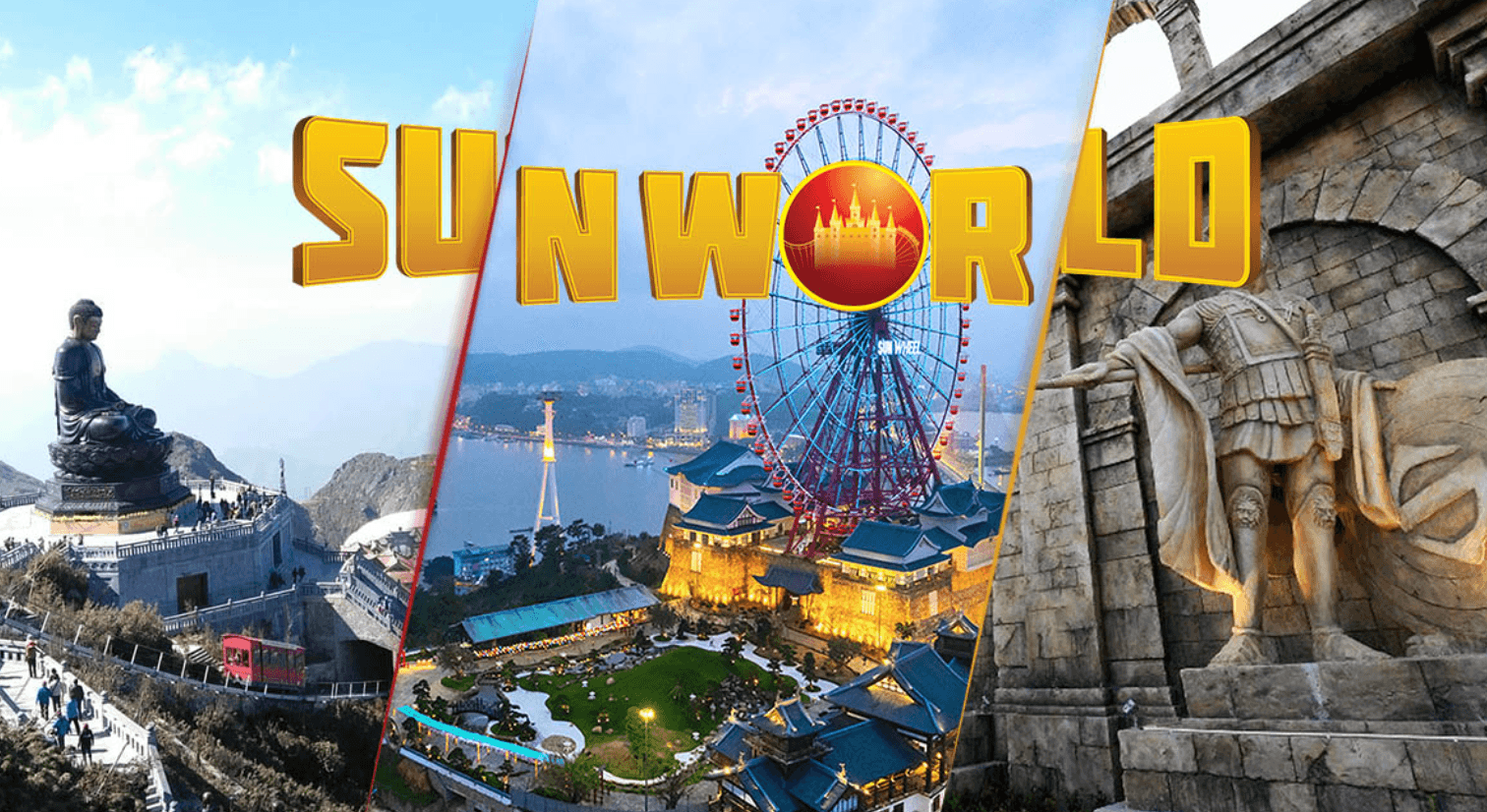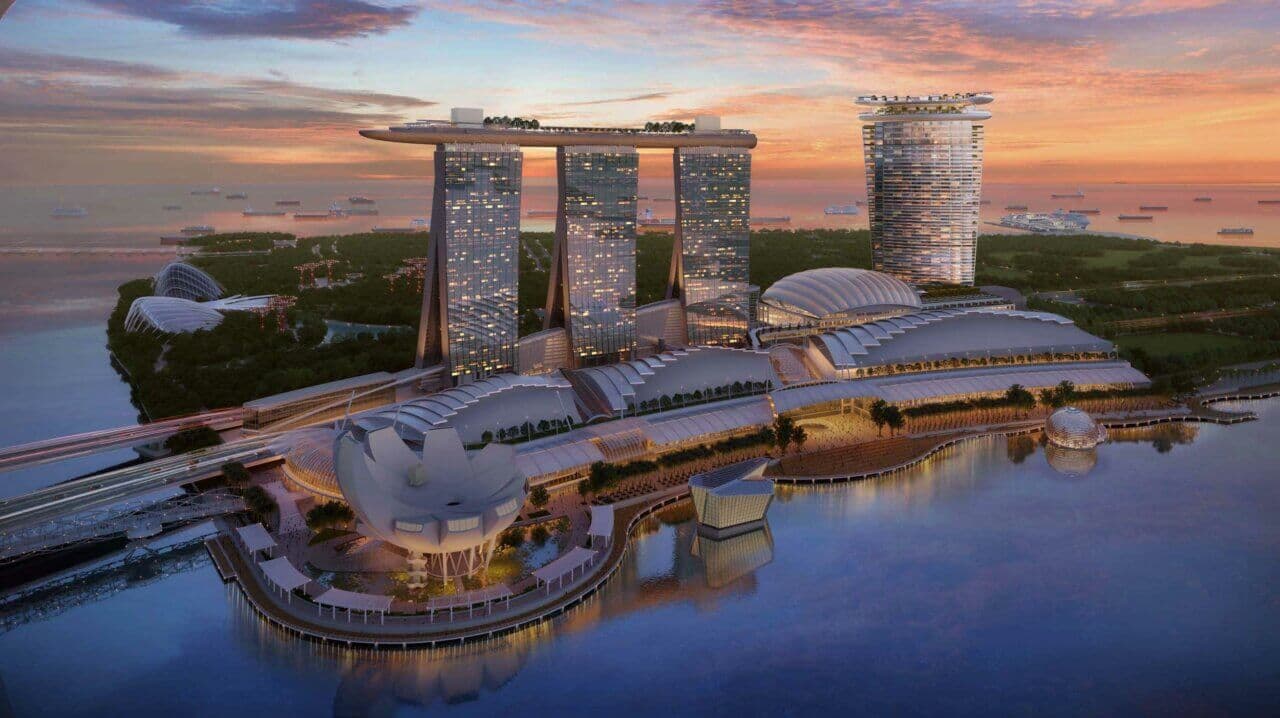Vietnam's Sun Group Launches PhuQuoc Airways: A Game-Changer for ASEAN Tourism Connectivity

As one of Asia's fastest-growing tourism markets, Vietnam just secured a game-changing aviation asset. Sun Group—the conglomerate behind some of Southeast Asia's most ambitious resort developments—has injected 1 trillion dong (approximately S$49.2 million) as part of a total planned investment of 2.5 trillion dong for a 50-year project to launch Sun PhuQuoc Airways (SPA). With Vietnam ranking among the region's tourism leaders and Phu Quoc named by Travel & Leisure as the second most beautiful island in the world after the Maldives, this isn't just another airline launch—it's a masterclass in vertical integration that could reshape how Southeast Asia approaches leisure travel.
The numbers tell a compelling story. Vietnam welcomed 9.2 million international arrivals in the first five months of 2025, a 21.3% year-on-year increase, signaling robust demand that traditional carriers may struggle to capture efficiently. SPA's strategic positioning fills a critical gap: direct connectivity to leisure destinations that currently require multiple stops or inconvenient routing.
The Hub Strategy That Makes Financial Sense
SPA is developing a hub-and-spoke model centered on Phu Quoc Island, with a focus on connecting the island to major cities in Vietnam and underserved international markets such as Russia, the Middle East, Central Asia, and Australia. This isn't just about convenience—it's about capturing previously untapped revenue streams from markets that lack direct access to Vietnam's premier resort destinations.
Consider the typical journey for a Russian tourist wanting to visit Phu Quoc: multiple connections through Bangkok or Ho Chi Minh City, often requiring overnight stays and adding significant time and cost. SPA's direct routes eliminate these friction points, potentially expanding the total addressable market for Vietnamese tourism.
Disrupting Established Players
SPA enters a competitive landscape dominated by Vietnam Airlines (the flag carrier), VietJet Air (the budget leader), Bamboo Airways, and Vietravel Airlines. However, unlike these traditional carriers that compete primarily on price and routes, SPA's integrated ecosystem approach creates differentiation that's difficult to replicate. While competitors focus on operational efficiency, SPA is building what amounts to a "resort airline" where the flight experience seamlessly connects to ground-based leisure assets.
This positioning addresses a critical gap in the region's aviation market. Current carriers excel at point-to-point transportation but struggle to capture additional value from the customer journey. SPA's model transforms aviation from commodity transport into an integrated travel experience, potentially commanding premium pricing while reducing customer acquisition costs through cross-selling opportunities.
Integration as Competitive Moat
What sets SPA apart from regional carriers isn't just route strategy—it's the ecosystem play that creates multiple revenue streams and operational synergies. SPA is part of Sun Group's broader integrated ecosystem in Phu Quoc, which includes luxury resorts, high-end residential projects, and entertainment complexes. This vertical integration creates multiple revenue touchpoints per customer and establishes barriers to entry that pure-play airlines can't replicate.
Take Sarah Chen, a Singapore-based marketing executive planning a weekend getaway. Instead of booking separate flights, hotels, and activities across multiple platforms, SPA's integrated model could offer bundled experiences that streamline both planning and pricing. This "resort in the sky" approach transforms aviation from commodity transport into part of the vacation experience itself.
Just one step to unlock the rest of this article
Sign in to read the full article and access exclusive content
✨ Completely free • No credit card required




